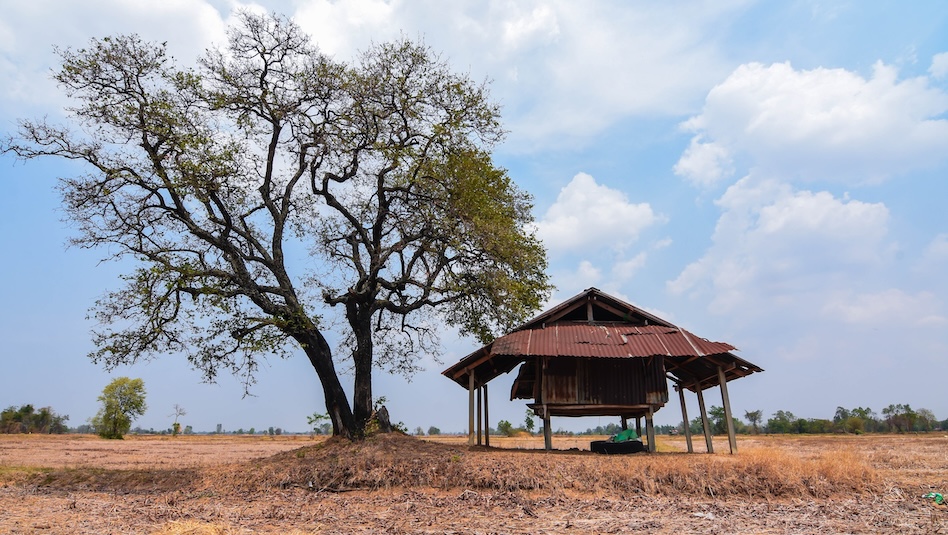Read this content. Log in or sign up.
If you are an investor with us, log in first to your Metrobank Wealth Manager account.
If you are not yet a client, we can help you by clicking the SIGN UP button.

Fundamental View
AS OF 24 May 2024Our credit view on AGRBK (credit ratings: A1(neg)/A(stb)/A(neg)) is based on a strong likelihood of state support, given its large size, systemic importance and majority state ownership. This is enhanced by AGRBK’s extensive presence in rural areas.
AGRBK’s capital standing is weaker than those of peer-group leaders ICBCAS and CCB and in line with BCHINA; however it has peer-leading reserve coverage ratio. The Big 4 have been managed more prudently in recent years than the smaller and more aggressive joint stock banks.
We view it as a strong credit taking into account its structural profitability, robust balance sheet metrics, large size, and systemic importance that assure it of state support if needed.
Business Description
AS OF 24 May 2024- AGRBK has surpassed CCB to become the second-largest bank in China in terms of total assets and has been moved from bucket 1 to bucket 2 in the G-SIB list with a capital surcharge of 1.5%.
- It was founded in 1951 as the Agricultural Cooperative Bank, merged with the central bank and spun out as AGRBK in 1979, charged with financing the rural and agricultural sectors. It was recapitalised in 1999 and again in 2007 by special MOF bonds. It also received $19 bn in equity capital from Huijin, funded by China's FX reserves.
- Due to its poorer asset quality and weaker profitability, AGRBK was the last of the Big 4 banks to be listed in 2010.
- The Chinese government is a majority shareholder of AGRBK via Central Huijin (40.14%), MOF (35.29%) and the Social Security Fund (6.72%).
- AGRBK has the second largest branch network in China after Postal Bank, with a particularly good presence in rural areas.
Risk & Catalysts
AS OF 24 May 2024China’s sovereign ratings (A1(neg)/A+(stb)/A+(neg)) are a key factor behind AGRBK’s credit standing.
AGRBK’s loan growth has been the strongest among the Big 5 banks since FY22, but the impact on net interest income growth was largely offset by a significant contraction in NIM. Rapid loan growth has led to a widened capital ratio differential between AGRBK and other Big 4 banks. It was promoted to a Bucket 2 G-SIB in Nov-23 and currently has a substantial TLAC shortfall to meet by 1 January 2025 and 1 January 2028. It plans to issue up to RMB 50 bn of TLAC notes this year.
AGRBK is managed on commercial terms but the government may call on it to perform “national service” that overrides profitability considerations. However, we do not see it as a clear credit negative as these actions reflect close state links that underpin ABC’s credit standing.
Key Metrics
AS OF 24 May 2024| RMB bn | FY20 | FY21 | FY22 | FY23 | 1Q24 |
|---|---|---|---|---|---|
| PPP ROA | 1.65% | 1.64% | 1.43% | 1.20% | 1.32% |
| Reported ROA | 0.83% | 0.86% | 0.82% | 0.73% | 0.69% |
| Reported ROE | 11.4% | 11.6% | 11.3% | 10.9% | 11.4% |
| Total Equity/Total Assets | 8.1% | 8.3% | 7.9% | 7.2% | 7.1% |
| CET1 Ratio | 11.0% | 11.4% | 11.2% | 10.7% | 11.4% |
| NPL Ratio | 1.56% | 1.43% | 1.37% | 1.33% | 1.32% |
| Credit Costs | 1.16% | 1.03% | 0.79% | 0.64% | 0.96% |
| Loan-Deposit Ratio | 74% | 78% | 79% | 78% | 77% |
CreditSights View
AS OF 11 Jul 2024AGRBK is the 3rd-largest of the Chinese state-owned commercial banks and has a strong deposit franchise, especially in rural areas, which gives it access to a large pool of low-cost deposits. We view it as a strong credit due to its structural profitability, robust balance sheet metrics, large size and systemic importance that assure it of state support. Its loan growth has been the strongest among the Big 5 since FY22. Capital ratios are behind the other Big 4, but the reserve cover is a strength at ~300%. Profits declined YoY in 1Q24 due to lower core topline revenues on NIM compression and lower fee income. Due to China’s weaker macro outlook, challenging prospects for the sector, and tighter spreads compared to elsewhere in Asia, we have a U/P rec.
Recommendation Reviewed: July 11, 2024
Recommendation Changed: August 22, 2023
Who We Recommend









 DOWNLOAD
DOWNLOAD




